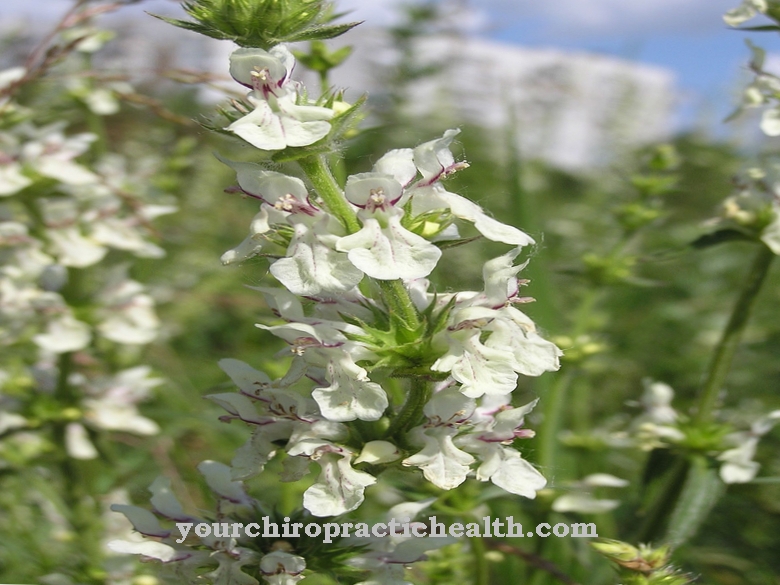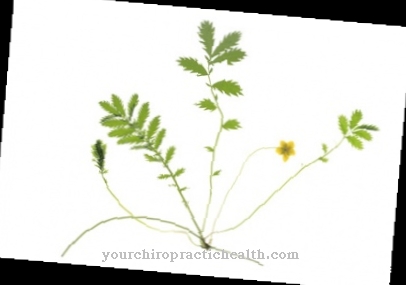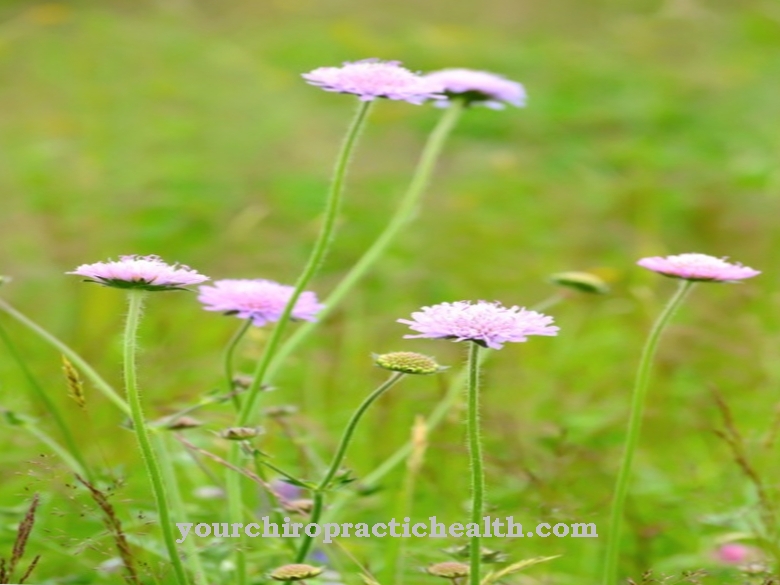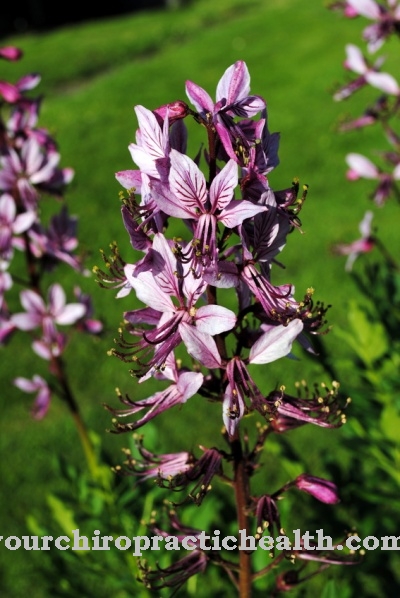At the Diptam it is a rare plant in Europe. In earlier times it was also used as a medicinal herb.
Occurrence & cultivation of the diptame

The diptame is an herbaceous, perennial plant that has a whitish rhizome. Its height varies between 60 and 120 centimeters. The leaves of the diptam are unpinnate and reach a length of up to eight centimeters. One of its special characteristics is its lemon-like scent. They have oil glands that provide a translucent puncture. The flowering time of the diptam occurs in the months of May and June. The color of the flowers is mostly pink, occasionally also red. They also have a distinctive lemon scent.
The diptame occurs in central and southern Europe. It can also be found in Russian Siberia, the Himalaya Mountains and China. In Central Europe, however, the plant has become rare. It has been under strict nature protection in Germany since 1936. For this reason, collecting the diptam is prohibited in this country. The diptame needs plenty of sun to thrive. A soil that has enough nutrients and lime is also important.
Effect & application
In earlier years the diptame was valued as a medicinal plant. Its ingredients include flavonoids such as diosmin, isoquercitrin and rutin, furanocoumarins such as xanthotoxin, bergapten and psoralen, and furoquinoline alkaloids such as dictamnin. The plant also contains coumarins such as umbelliferone, esculetin and limonide, as well as essential oils.
The ingredients of the diptam are said to have healing properties. The plant has tonic, expectorant, antispasmodic, antibacterial and diuretic effects. However, there are hardly any approved drugs with diptame on the market. However, there are some products available that contain diptame, such as the Sivesan fennel mixture. It is primarily offered by dealers specializing in Hildegard medicine. It is also possible to make your own preparations, such as diptame tea, which is considered helpful against menstrual cramps.
For this purpose, a diptame root is dried and crushed. The user pours 250 milliliters of cold water over a teaspoon of it and briefly brings it to the boil. Then the tea preparation steeps for 15 minutes. After straining, two cups of diptame tea can be drunk per day. The diptam root (10 grams) can also be administered together with 25 grams of lemon balm, 25 grams of shepherd's purse, 25 grams of lady's mantle and 15 grams of valerian root against metrorrhagia. This is acyclic bleeding that comes out of the uterus.
Two teaspoons of this mixture are poured over 250 milliliters of hot water. Strain off after a steeping time of 5 minutes. The usual dose of tea is 3 cups a day. The herbal powder Sivesan is also known, the recipe of which was created by Hildegard von Bingen (1098-1179) and was considered a universal health product. The mixture consists of 25 grams of diptame root, 50 grams of galangal powder and 100 grams of powdered fennel fruits. It is taken 30 minutes after lunch.
To do this, a teaspoon is placed in half a glass with warm wine. The remedy promotes digestion and blood circulation, improves the complexion and has a strengthening effect on recovery. Diptam is also one of the components of the well-known Swedish herbs. In addition, it is an attractive ornamental plant that is particularly popular as a cottage garden plant.
Importance for health, treatment & prevention
The diptame was already used as a medicinal plant in the Middle Ages. Hildegard von Bingen provided the first reliable findings for his therapeutic use. The versatile medicinal plant was used, among other things, to treat stomach ailments, wounds and epilepsy. It was also used in folk medicine as a means of deworming.
Diptam was also used as a preparation against gynecological problems and to promote menstruation. It could even be used as a contraceptive or to maintain beauty. In addition, the medicinal plant had the ability to strengthen the nerves and stimulate digestion. Another area of application was rheumatic diseases. The diptam was used as a liniment.
Nowadays, however, the diptame is only rarely used, so that it is almost forgotten as a medicinal plant. This can also be attributed to the fact that the plant was one of the rare specimens as early as the Middle Ages. In addition, the positive properties of the diptam could not be scientifically proven, so that conventional medicine renounced its use.
Another reason is the plant's high alkaloids content, which have a toxic effect. For this reason, the diptame is nowadays almost exclusively used therapeutically by homeopathy. There the medicinal plants are mixed in certain doses, which are absolutely harmless. The homeopathic areas of application primarily include irregular periods and stomach and intestinal problems. Other indications are gas and smelly stools.
Another health risk of the diptam is the furanocoumarins that it contains. If these substances get on human skin, they cause a strong sensitivity to light. If there is also exposure to sunlight, this can lead to protracted inflammation and blisters after touching the diptam.
























.jpg)



